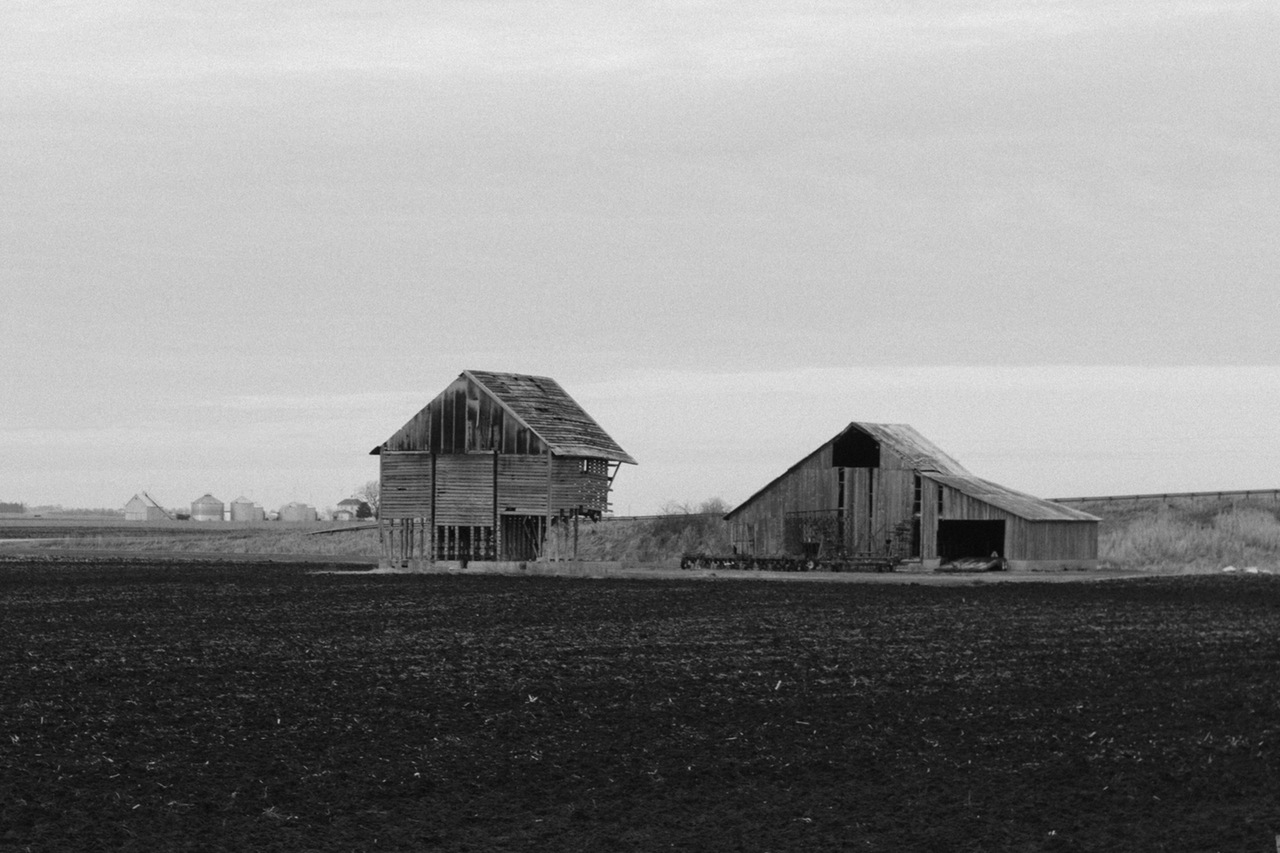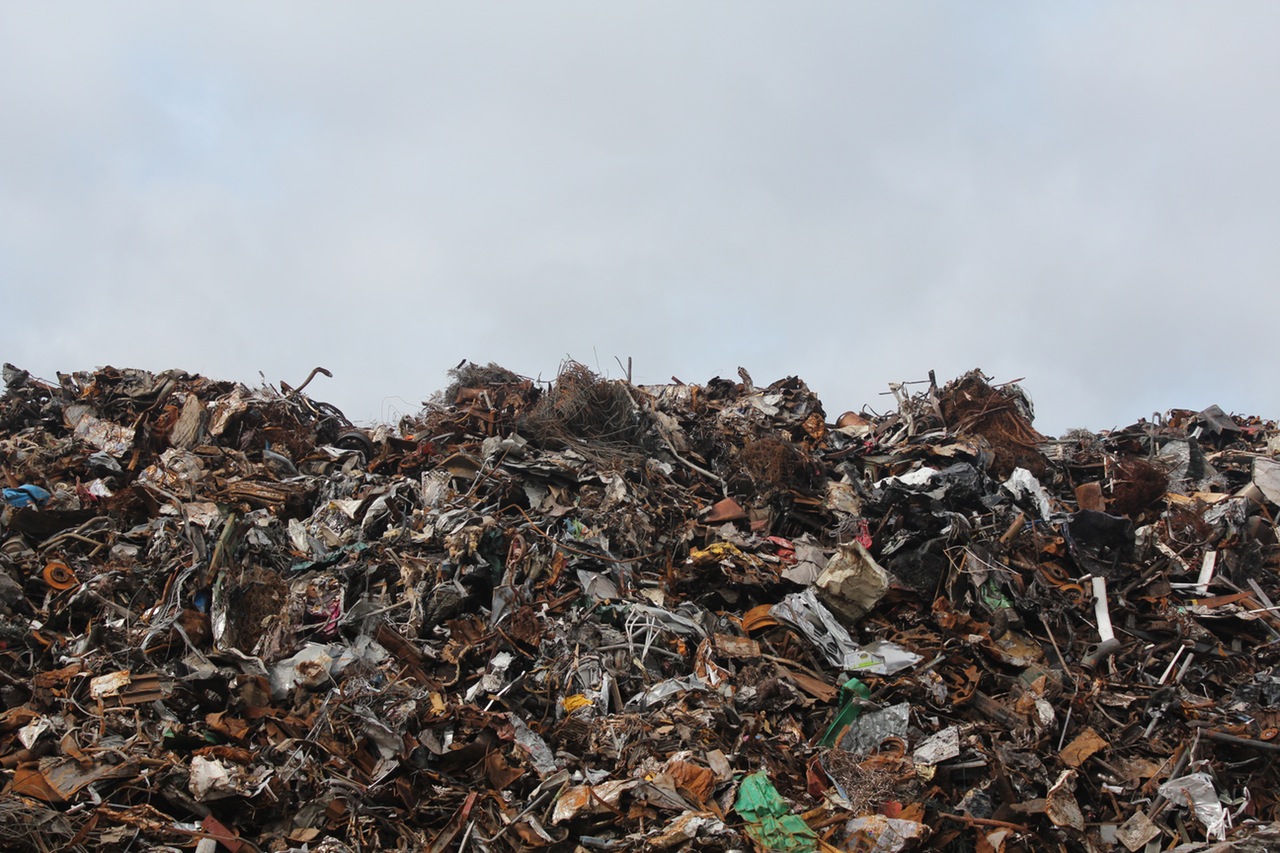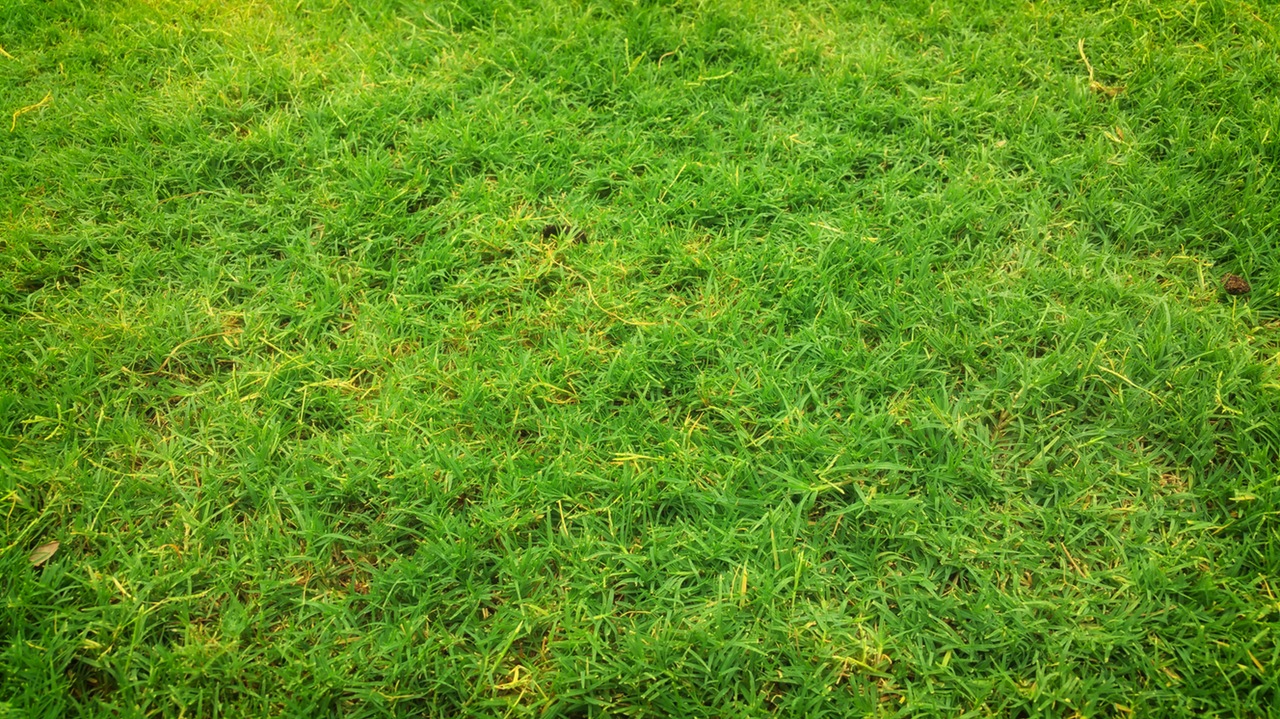Land Pollution
What is Land Pollution:
Land pollution is the deterioration of earth surface, its soil and
sometimes the underground water to a such a state that is nor safe neither
suitable for their common and natural usages such as growing crops or
establishing habitats. Usually land pollution occurs due to spill of harmful
chemicals or accumulation of unwanted clutters/wastes above the land surface
and resulted mainly due to unplanned human activities.

Causes of Land Pollution:
As stated above, land pollution occurs mainly due to unplanned and unmindful human activities. Land pollution causes can be subdivided into the following categories:
Industrial Activities, Unplanned Waste Storage and Disposal:
Industries that deal with various chemicals, metals and manufacturing good produce a lot of toxic wastes. Those waste if not handle and disposed properly, ended up in nearby land area and contaminate the land and its surrounding water making it toxic, unsafe and unsuitable for future usage.
Varies chemical manufacturing companies, petroleum refineries, paper mills, smelters, dry cleaners and automotive repair shops produce a group of waste containing dangerous and harmful chemicals and heavy metals, known as hazardous waste. Some hazardous waste can be infectious and radio active as well. These waste if spilled or unmindfully disposed on surrounding land area, can contaminated the soil very severely by posing health risk to its future habitants. Some developed countries have adopted strict rules and regulation regarding hazardous waste disposal like secure landfill site with impermeable bottom liner and impermeable top cover. But before such regulation were adopted those wastes were generally dumped on unrestricted sites and unlined landfilled. Several such contaminated site still exit that need to be restored to their natural conditions.
Contaminated land left behind by industries
and factories are known as Brownfield. Brownfield can also be old mines and
former industrial dumpsites. US EPA in United states has created a Brownfield
Program to restore such contaminated site and make them usable once again.

Garbage and Municipal Solid Waste:
Unrestricted dumping of garbage and municipal
solid waste is another major contributor. Garbage or municipal solid
waste include decomposable organic waste like food left over and
other waste like glass, metal, cloth, plastic, wood, paper etc. The organic
waste after decomposed leach into the soil and ground water while other stuff
simply accumulated on the top of the land creating a polluted and unaesthetic
environment.

Urbanization and Construction Activities:
Construction wastes include wastes like left over concrete, cements, dust, debris, metals, wood, and plastics etc. that are used and produced during various construction activities. Due to rapid urbanization and land development for habitats, roads and other municipal needs, construction wastes are polluting the surrounding lands increasingly.
Agricultural Activities and Farming
Increased use of various pesticides, herbicides, fungicides and insecticides in different agricultural and farming activities has contributed heavily in polluting land. With increasing population, food demand has increased and that lead to some aggressive farming practises including monoculture of a single crop. Growing the same crop over and over lefts lands depleted of essential nutrients and encourages pest overgrowth. That results in more harsh chemical usage to the land and the environment, contributing to more pollution.
Deforestation and Soil Erosion
Deforestation due to civilization and man-made activities left land bare and coverless. That left land open and direct exposure of sun, rain and wind. That causes soil erosions, desertification and land degradation.
Atmospheric Depositions
Polluted air carries various particulate and chemical pollutants and eventually
deposited them on top of the land, causing pollution. Rain drops also brings
down those atmospheric pollution to land in the form of Acid Rain and effect
the trees, forest and surrounding ecosystems of the land.
Land Pollution Solutions:
The first barrier to any pollution is to control the pollutants. For
land pollution in can be achieved by incorporating 3R into our lifestyles –
that is Reduce, Reuse and Recycle. We can achieve this by reducing wastes
production, reusing waste into variable resources and recycle them whenever
feasible. This way we can keep waste away from land dumping and landfills. Below
are some practices that will help us to reduce land pollution:

- Restored land those are already contaminated via various site assessments and site remediation techniques.
- Store harmful and toxic chemicals into spill proof containers with adequate safeguard.
- Store nuclear and hazardous waste as per law and dispose them accordingly.
- Reduce use of plastics (plastics bags/bottles) and use biodegradable products
as much as possible.
- Sort and dispose house hold waste based on their classification and reuse/recycle as much as possible.
- Stop unmindful littering and dispose the waste to their designated places and storage bins.
- Discourage pesticide and fertilizer use by using more and more organic crops and foods.
- Use organic compost and natural fertilizers whenever possible.
- Plant tress and vegetation as covers for soil
- Enforce strict laws against littering and unmindful dumping of garbage, solid waste and sewage sludge.
- Reporting to enforcement authority regarding and illegal waste dumping and littering.
Total Visits to Site: